We are continuing with our process and training about getting your product listed labeled or certified.
Our most recent videos have shifted gears to focus more on your side of the game than ours, meaning to focus more on your products first instead of on the standards.
Today let’s discuss internal resources, or what your company is going to need to have or have in place to be sure that you have the team and the money and everything else to get it done. This includes the mindset and understanding of what it is going to take and the internal roles, so you as a project manager can be successful.

Link to video also available here: https://youtu.be/BIpLYeBmWkw
We are going to start this off with the key roles and team members you need. The #1 key is the project manager. And then of course there is purchasing. They are going to play a role, as they have to get the PO’s together and out to the people doing the work.
The next role deals with product safety. If you have an internal product safety team that’s great. If you don’t, reach out to someone like us or someone else who can manage that role.
Next on the list is your own internal electrical design team and electronics design team which is probably different groups. “Electrical” being your power into your system and all of your main power in the system. “Electronics” being your processors and other things like that. Two different internal resources are needed there typically.
Then there is your mechanical design team. This team will manage the enclosure design and then any kind of moving parts design.
Packaging will then design and source the box, crates or packaging for your product, and will be instrumental in fulfilling the requirements for packaging this product.
The next internal resource or role can manage the documentation control. You can have someone managing the documentation, not only the drawing sets, the BOMs, revision control and everything over all of the design side…But documentation control or technical writing will also be taking care of all the manualsthat are required. So, if you need templates for a safety manual, we can help send you one of those from the standards.
Then whatever labeling is required needs to be managed. Some teams put labeling in the mechanical group or the product safety group or even the documentation group. Wherever labeling goes within your organization, you will still need to be either producing or acquiring labels and have a drawing, BOM and source for those labels. And then those labels get added back to the manual.
Next is your manufacturing. Of course, the factory that is going to manufacture the product needs to have your quality control process and also needs to be prepared for an audit.
Once the product is listed or labeled or certified, there does need to be an audit of the manufacturing. The quality control team will probably manage that internal audit along with your product safety manager and maybe your product manager at that point.
Then test. The QC, quality control team, might manage the test side of your product as it comes out of manufacturing or your manufacturing team might manage it. Perhaps it is done jointly. Also your product safety person will be involved with that as well.
Those are the roles. So internally that whole design team will be part of the evaluation process. There are going to be questions to answer and on the front side, of course, designing your product to meet the standards is critical. If you need help there, look at the other videos or reach out to us.
Now let’s take a look deeper into what is expected within some of those roles. Your product manager is going to end up having to manage the certification process and drive that project management. That needs to be driven from the client side…meaning your side.
For smaller companies, with a less complex piece of equipment, expect one person to spend a minimum of 10 hours per week managing just the certification process. So, think about that. That’s one person 10 hours a week for 3 to 4 months. It could be less but if you budget for that, and don’t use all your time and resources… you are going to be way happier than not having it and having the process drag on. For example, 60950, 60825, 61010, standards
More internal resources will be needed for more difficult, complex products. The more complex the project you can expect the project manager to spend, 10 to 20 hours a week and then your electrical and mechanical teams more like eight to 12 hours per week, including documentation and document control. For example ATEX, IECEX, pressure vessels, seismic restraints, explosive materials, toxic materials, flammable materials, semi S2, SEMI S2, FCC, EMC/EMI, ATEX, UL, CSA, FDA, CDRH, and similar.
Those hours might not be spent every single week. But when we are working with the listing and labeling company, lab, test lab, or NRTL you will need that high level of interaction.
In general, this is will be a 3 to 4-month commitment for a normal piece of equipment. Something that is more complex or hazardous location or multiple pieces of equipment in the system is going to take more time. UL 508 a, UL 60601
If your team is more experienced, it may take less time to get through. It will still be 3 to 4 months, but I mean less time weekly to do it. The reason is that they probably already have provided answers, they know what needs to be done and it’s all already designed.
Please do know that if you have a lot of hazards like the lasers and x-rays and moving parts and all that, it’s will be a more complex process than say a simple desktop device that maybe only has an electrical hazard.
Key Points
The key points here is that you do need a project manager. CDRH, radiation, 60825, SEWI S2
Most of the big test labs, NRTLs and groups like that have honestly done away with the project managers. They don’t have one touch point where you can go in and say “hey how’s my project doing”. You kind of have to follow it through the process and see where it is and then have and be able to develop some friendly working relationship with the engineers such that you can get it to move forward. Some labs won’t let you talk to the engineers, but then you wonder why they don’t have a project manager. It’s kind of crazy.
So, you need someone on your team that is good at project management. That includes having the people skills that supports getting it done.
We had a client recently who had a real hard time getting their project through and still are…they decided that the best thing to do is just call the engineer every single day. That didn’t help at all.
Coming to agreements and commitments…with mutual respect and understanding of what it takes and how to get there….That’s the kind of people skills your project manager is going to need.
It is also important to set expectations for your team. Have them know that there is time to spend…three, four, eight hours a week on this project until it’s done. Let them know that will be 3 to 4 months… plus any redesign that’s needed.
Also let them know that the 3 to 4 months doesn’t start when you start the design process. It starts when the conforming product is produced. Now designing to the requirements definitely has to start in the beginning, but the certification process is after you have a conforming product produced with samples, documentation and everything else available.
The other key thing for the team and for management to understand is that when you do get a findings letter back from the test lab… that those questions and nonconformances have an elevated priority over everything else that is going on. That way people understand that this is critical path to getting the product to market, and that everyone on team and management supports them in shifting focus from something new or sustaining work… to completing on this as a priority.
Some other key points to look at. Management needs to understand that this is a process. Engineering is a process. Making the product conform is a process. If your team has already done it a dozen times successfully together, you’re probably better off, but it is still a lot of work and it is going to take time to get there.
Management must understand that making a design conform will make the product cost a bit more; however, in the end you are going to have a better product with wider market acceptability. In some cases, you can’t sell products like this without a listing and labeling. So having them understand priority and timing is critical.
When working with your test labs; Be generous and kind with these people. They are really worked hard…conflicting priorities…lack of project management… just sheer volume of work coming through. Add to that people who, with broad expertise are retiring at an alarming rate and it’s just tough on their side too.
You really want your product done so be polite. And… also asked for deadlines and when stuff can happen by and ask permission to check back in when that timeline happens.
Request information about when it gets handed off… because first your product is going to go for a desktop evaluation. The evaluator will look at the drawings, paperwork and BOMs and everything. If it passes, then it is going to go to the testing portion. Actually on the test side where they are testing things like flammability, or EMC, or other things…there is more project management on that lab testing side so there is more visibility there.
And then ask who is available to help you understand their process…how does it work…how can we be more effective… what’s going on… just so that you can be informed on who you might need to talk to next to get it done.
Problems
Now there can be problems. This is not a simple easy process. You’re working with people who don’t report to you or are out of your control. The work may be out of your area, city or state or country.
Unfortunately, it’s not unusual for people to make the decision to stop with one test lab and change to another lab. And that’s a big decision to make. It cost money and time and effort, and it happens.
The lab itself is not primarily interested in your product getting to market. They are primarily interested in being billable, billing and keeping their company alive.
So, know that having a project manager on board who can have these people agree to, commit to and keep your product moving forward is critical. Also realize that there are many things outside your control that can slow your project down. For example, if somebody at the test lab that has been working on your project leaves, gets sick or whatever else… that can impact your schedule. It is always best to be generous with what happens there.
Other potential problems to be aware of are turnarounds….requests for more information, nonconformances letter reports, and other details and request for information.
What I mean is that when somebody asks questions from the test lab, they are going to turn the project back around to you and ask you to explain those points…. Just know when that happens the test lab put your project back at the end of line. Another crucial reason to have a complete package, which brings me to our next point talking about solutions.
When our clients go to the lab using our Conformity Discovery Process, we have solutions on how to get past those problems and manage them well.
Solutions
The first one is to have a product safety team support your product. So if you have somebody inside who that can be their main role… Perfect. If your project manager has enough knowledge to take that on…Excellent. Please do that. But have them take that role on and understand that their project managing this product through the approval process is critical, crucial, supported, understood, funded, valued, all those things that have someone be successful.
It’s also great if they are personable and used to doing this kind of work. You know taking somebody from deep within your engineering team who is introverted, not a people person and hard to work with is not going to be a good idea. Go with somebody you know is a good fit.
We here at HTDS are a team of product people. We all came out of product and product manufacturing equipment, semiconductor, aerospace… we’re used to getting products to market and that’s really what excites us.
Again be ultraconservative on your timelines and schedules. You can hear numbers like 3 to 4 months from me. That is absolute, absolute, best case.
We have a long-term client, that was kicking off a project right before the pandemic locked out. He reported to his management team that it could take up to 12 months to do that project. I was a quoting it could be about six, but it could stretch out. All the sudden we got two months worth of delays on his project. You know, airports shut down, people shut down, people out from work, people sick. He’s conservative and we’re moving it forward. Be conservative.
Don’t go to your low side on schedule. If you get someone telling you that it will take a month to get through listing and labeling, don’t believe that either. If it takes 3 to 4 months that’s perfect. That’s like best case. So being conservative you could say 4 to 6 months.
EXAMPLE on why this process can take so darn long
scoping – two weeks
quoting – two weeks
purchase order – one week
scheduling – two weeks
shipping samples – one week
exchange of documents – one week
waiting time for desktop evaluation – 1 to 3 weeks
desktop evaluation – 1 to 3 weeks
questions, nonconformances and turnarounds – 1 to 3 weeks
waiting time for desktop evaluation – 1 to 3 weeks
desktop evaluation – 1 to 3 weeks
approved for testing – one week
in testing scheduling queue – one week
testing scheduled waiting time – 1 to 3 weeks
testing performed – one to three weeks, excepting samples that need humidification and temperature tempering prior to testing add five weeks
lab report
lab report reviews and approval
schedule for desktop report and certificate final waiting time – one week
desktop report certificate final – one to two weeks
desktop reports certificate and final review – 1 to 2 weeks
certification team filing posting sending certificate – 1 to 3 weeks
schedule factory audit – 1 to 3 weeks
factory audit report – 1 week
factory audit approval – one week
revisions changes updates to factory labeling system testing details – 1 to 3 weeks
factory audit approval – one week
end
When you review the above process timeline you can see why they can take a long time to get this done.
Never believe it, if they tell you it could take a month to get listed. Request that they give you the phone numbers of three other people they have completed their listing in one month and I’ll be happy to know that otherwise, don’t believe it.
Be sure that turnarounds questions, nonconformities reports and things like that are completed immediately and followed up with a call to be sure that the response is understood and acceptable. Do not wait. It is crucial that the team is clear that the turnaround is the number one priority.
You may even set a phone call or WebEx or Zoom or whatever you use, with the engineer who sent you the nonconformity letter so that you can walk through it line by line before you do your response and then again after you complete your response. You want to be sure you have enough in-depth understanding of what the questions and nonconformances are before you respond. And then after you respond to them, make sure that what you’ve given the evaluator is sufficient for them to say it conforms.
In fact, it’s very good in your response to say…. As an example…we changed fuse X, ZY 971 on drawing number___ on block number___ on row___ and column number___ from five amp to 3.5 amp as required by standard number XYZ line item 15 and per the nonconformity letter dated___.
Cut out the line item from the standard and the response from the lab so it’s all there in one spot.
Okay. So yeah, that will probably take 15 or 20 extra minutes to do that level of detail… maybe 30 or 45 minutes. However, when the lab gets it…They can look at it, they can match it to what they said, they can match up to the standard, they can match it to the drawings and marking ups. Then they can go…Oh yeah, it’s done.
That last little bit of information is part of our conformity Discovery process. It’s how we move things through the lab. I hope this is useful to you. I know it has been to hundreds of other clients.
SEMI S2, CE Marking, FCC, EMC/EMI, ATEX, UL, CSA, FDA, CDRH, NFPA 79, NFPA 70, CE Mark, EU Acceptance, Codes, Audits, and Solid Advice…
Please be sure to like and subscribe to get notifications of the next videos in this training. And if you have questions about getting your product to market please get into touch with us here at High Tech Design Safety. https://hightechdesignsafety.com/


